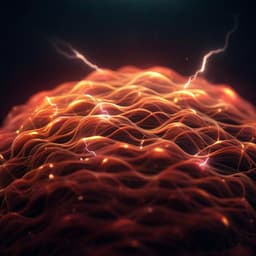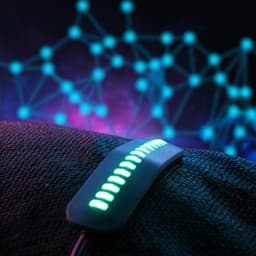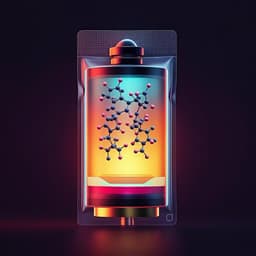
Engineering and Technology
Foldable and washable textile-based OLEDs with a multi-functional near-room-temperature encapsulation layer for smart e-textiles
S. Y. Jeong, H. R. Shim, et al.
This groundbreaking study showcases the development of textile-based OLEDs that not only withstand bending and immersion in water but also exhibit remarkable mechanical durability and washability. The innovative use of a TiO₂ film and hydrophobic polymer for near-room-temperature encapsulation highlights the immense potential of these devices for smart e-textiles, as crafted by a team of dedicated researchers from KAIST and beyond.
~3 min • Beginner • English
Related Publications
Explore these studies to deepen your understanding of the subject.







